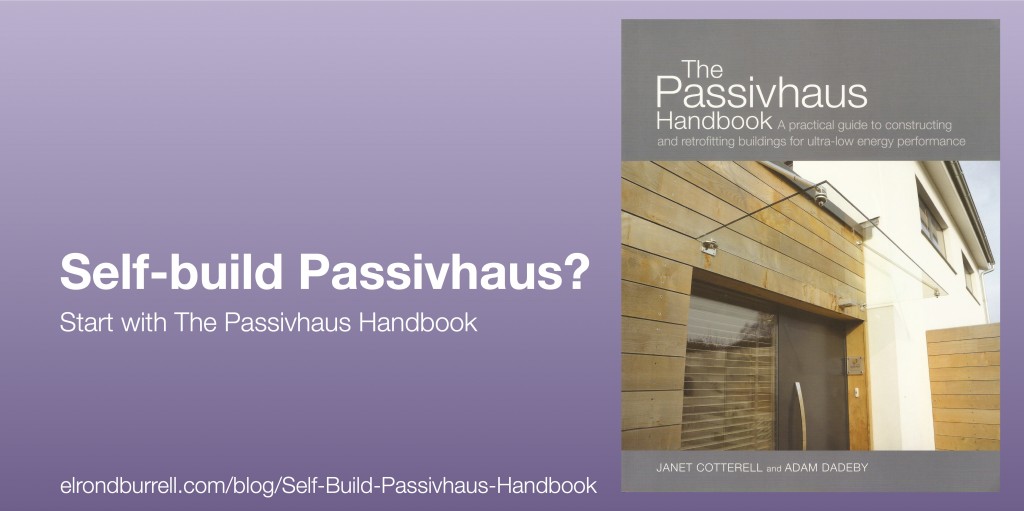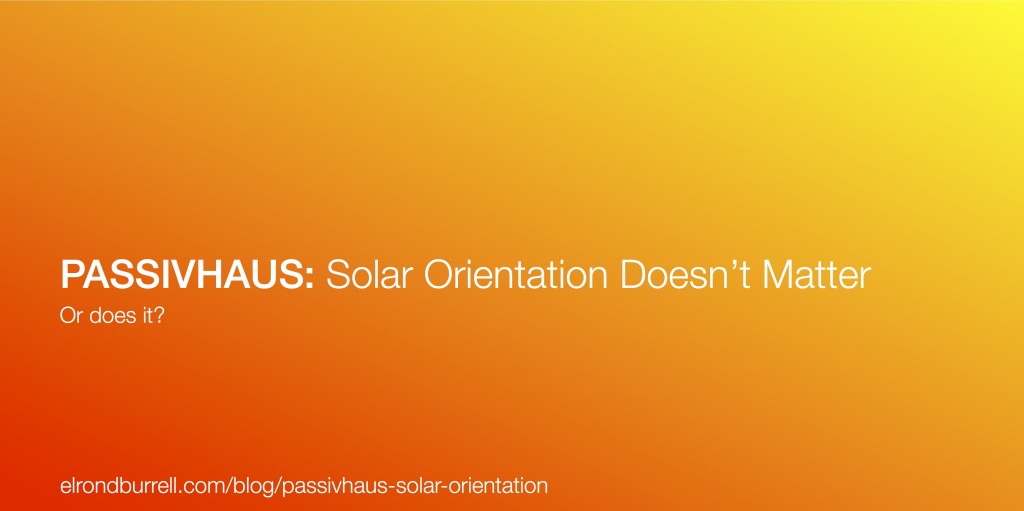This blog post is a review of “The Passivhaus Handbook” published in October 2012. The authors wrote and compiled this practical handbook for anyone who wants to be involved in delivering ultra-low energy housing. Janet Cotterell and Adam Dadeby were the architect – client team for the Totness Passivhaus B&B, the third retrofit in the UK to be certified to the Passivhaus Standard. Following their work together on the B&B they formed Passivhaus Homes and subsequently wrote The Passivhaus Handbook.
The Passivhaus Handbook is:
…intended to provide knowledge of both the methodology and the skills needed to achieve genuinely low-energy buildings, whether new or retrofitted, that perform as intended.
While passivhaus is not just for houses, The Passivhaus Handbook really is the ‘bible’ for developing passivhaus housing, particularly if you are thinking of a self-build passivhaus. The authors give substantial background into the “how and why of passivhaus” and then hold your hand through the whole process of a project. There is valuable guidance on setting up a passivhaus project, particularly applicable to self-build passivhaus, and then key practical aspects of a passivhaus project are each given a chapter. The book wraps up with chapters on living in a passivhaus, illustrated with four case studies, and a chapter specifically about UK policy.

